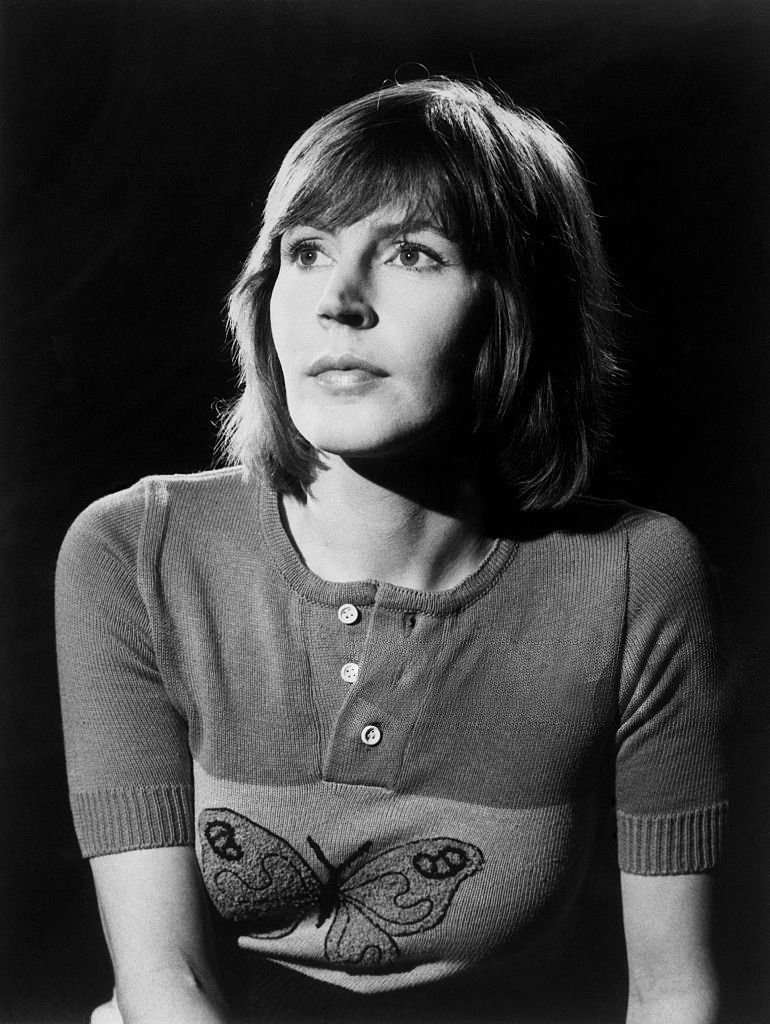
A Roaring Sound of Thunder: The Song That Birthed a Movement
For those who lived through the tumultuous, exhilarating decade of the 1970s, there are certain anthems that didn’t just play on the radio—they played in the streets, in the meeting halls, and in the quiet, stirring heart of every woman seeking change. Helen Reddy’s magnificent declaration, “I Am Woman,” is one such song. It wasn’t merely a pop hit; it was a cultural lightning bolt, becoming the unofficial and unforgettable anthem of the second-wave feminist movement.
Though it was originally recorded for her 1971 debut album, I Don’t Know How to Love Him, it was the re-recorded version, released as a single in May 1972, that truly captured the zeitgeist. This single famously fought its way up the airwaves—largely fueled by passionate requests from women across the country—to achieve the ultimate success. In December 1972, “I Am Woman” reached the No. 1 spot on the Billboard Hot 100 chart in the United States. This monumental achievement made Helen Reddy the first Australian artist to ever top the American charts, selling over a million copies and earning her a Grammy Award for Best Female Pop Vocal Performance. Her acceptance speech—famously thanking God “because She makes everything possible”—was a moment of defiant joy that sent a message far louder than any song.
The genesis of the song is deeply personal and rooted in the very struggle it addressed. Helen Reddy—a single mother and immigrant who had arrived in New York with her daughter and very little else—was constantly battling the deeply ingrained sexism of the music industry. The song was a response to the lack of strong female representation in popular music. She recounts thinking of all the resilient women in her family who had persevered through the Great Depression, wars, and hardship, and realized: there was no song to honor their strength. With songwriting partner Ray Burton, she penned the lyrics, which famously began with a divine inspiration that came to her in bed: “I am strong, I am invincible, I am woman.”
The record executives initially dismissed the track as being too “angry” and “men-hating,” reflecting how deeply the concept of female agency was still resisted in the early ’70s. However, the song’s eventual inclusion in the opening credits of the 1972 women’s liberation comedy film Stand Up and Be Counted, combined with the relentless, grassroots demand from women listeners, forced the industry’s hand.
The meaning of “I Am Woman” extends far beyond mere chart success. It is a powerful, unvarnished declaration of self-worth and collective power. It tells the story of womanhood not as a delicate blossom to be protected, but as a force forged in fire, wiser and more resilient for the challenges endured. The simple, rallying cry, “I am strong, I am invincible, I am woman / I am the roar that you hear,” gave voice to millions who felt invisible, providing a mantra of courage during a pivotal moment in history when women were actively fighting for the Equal Rights Amendment, economic independence, and bodily autonomy.
Decades later, the track remains a timeless, thrilling piece of history that still echoes with undiminished power. It is a memory for a generation of women who remember gathering in rooms, holding hands, and realizing the power of their shared experience—a powerful soundtrack to a revolution that, like the woman at its heart, simply refused to be ignored.